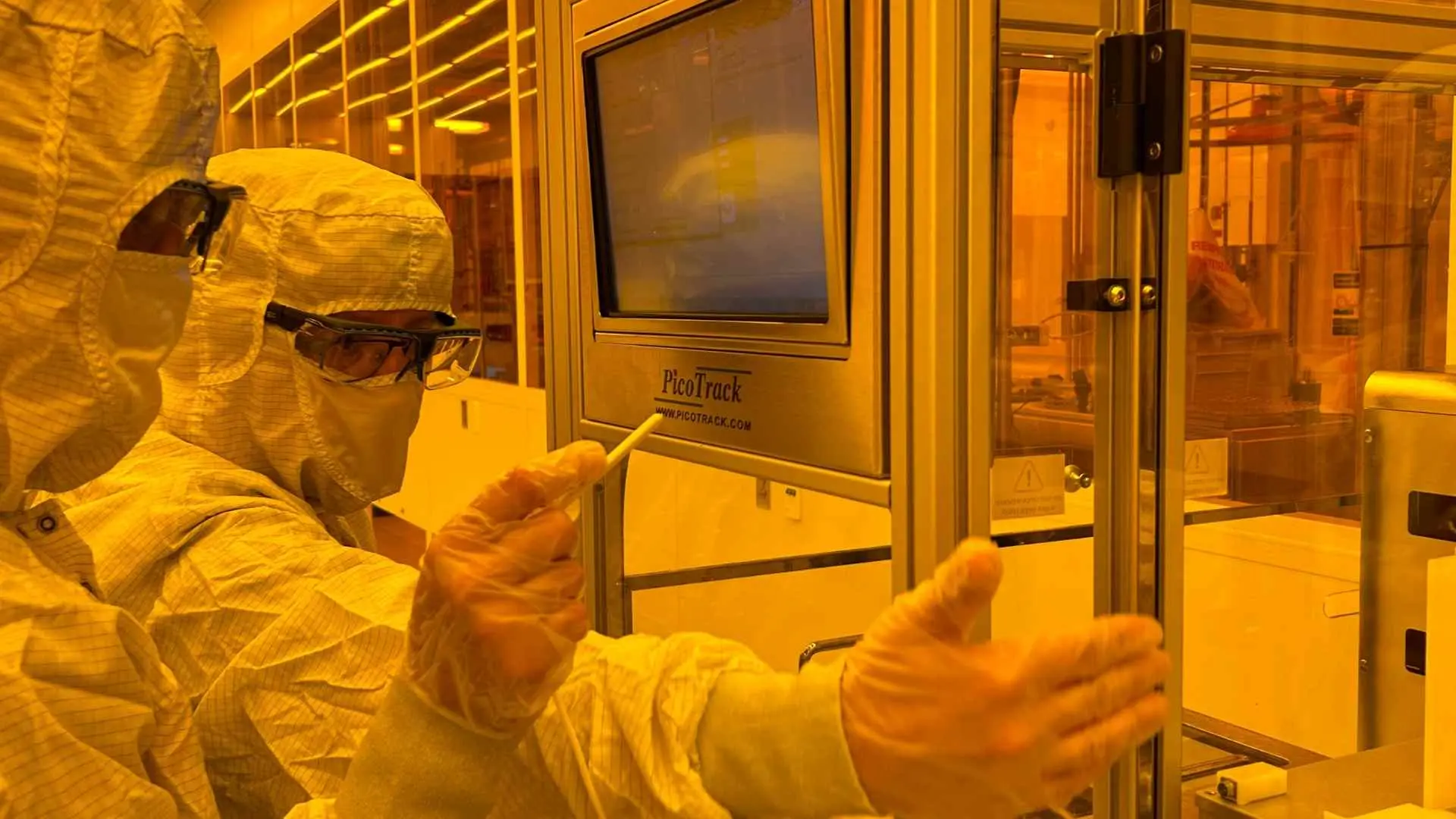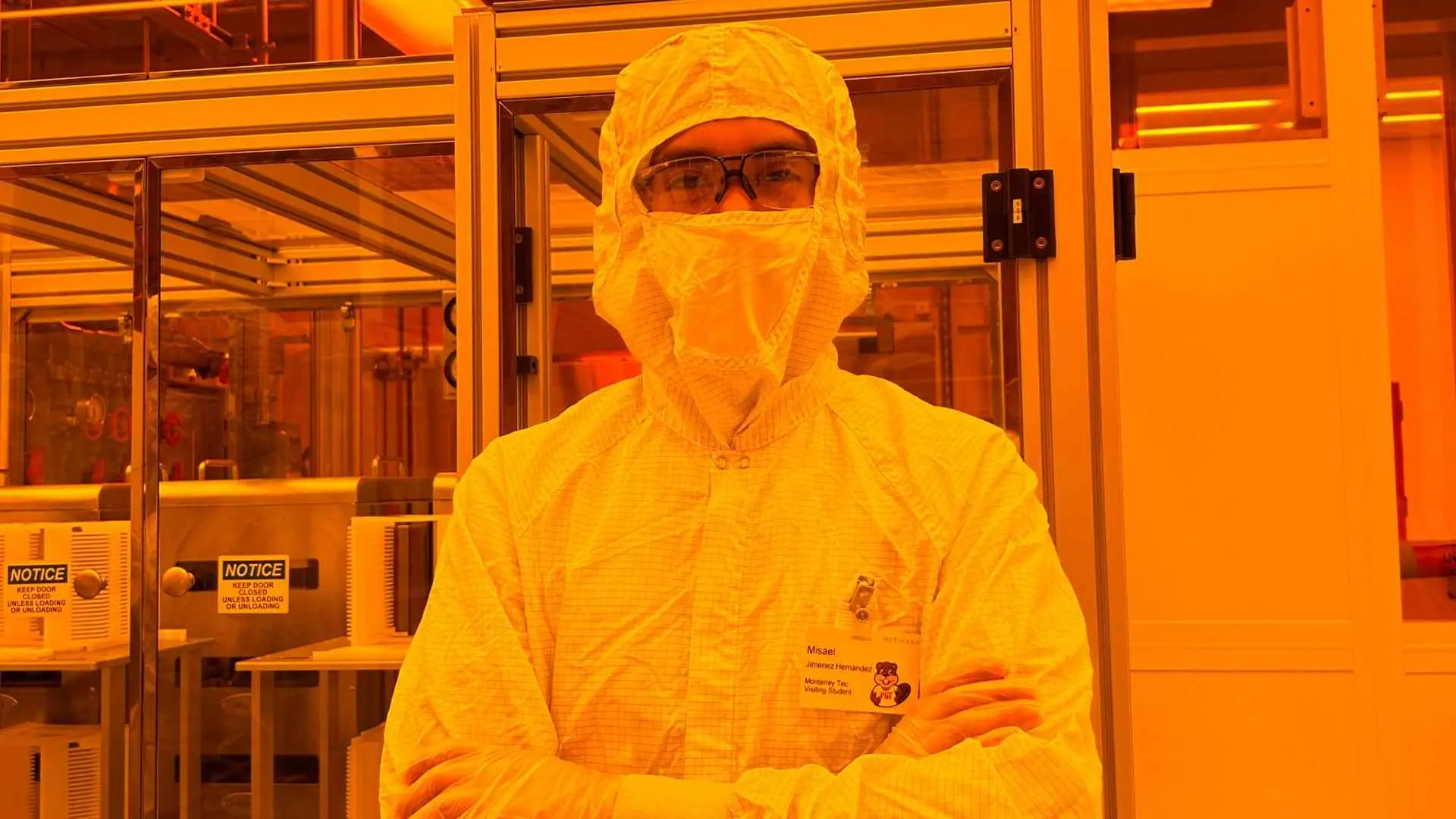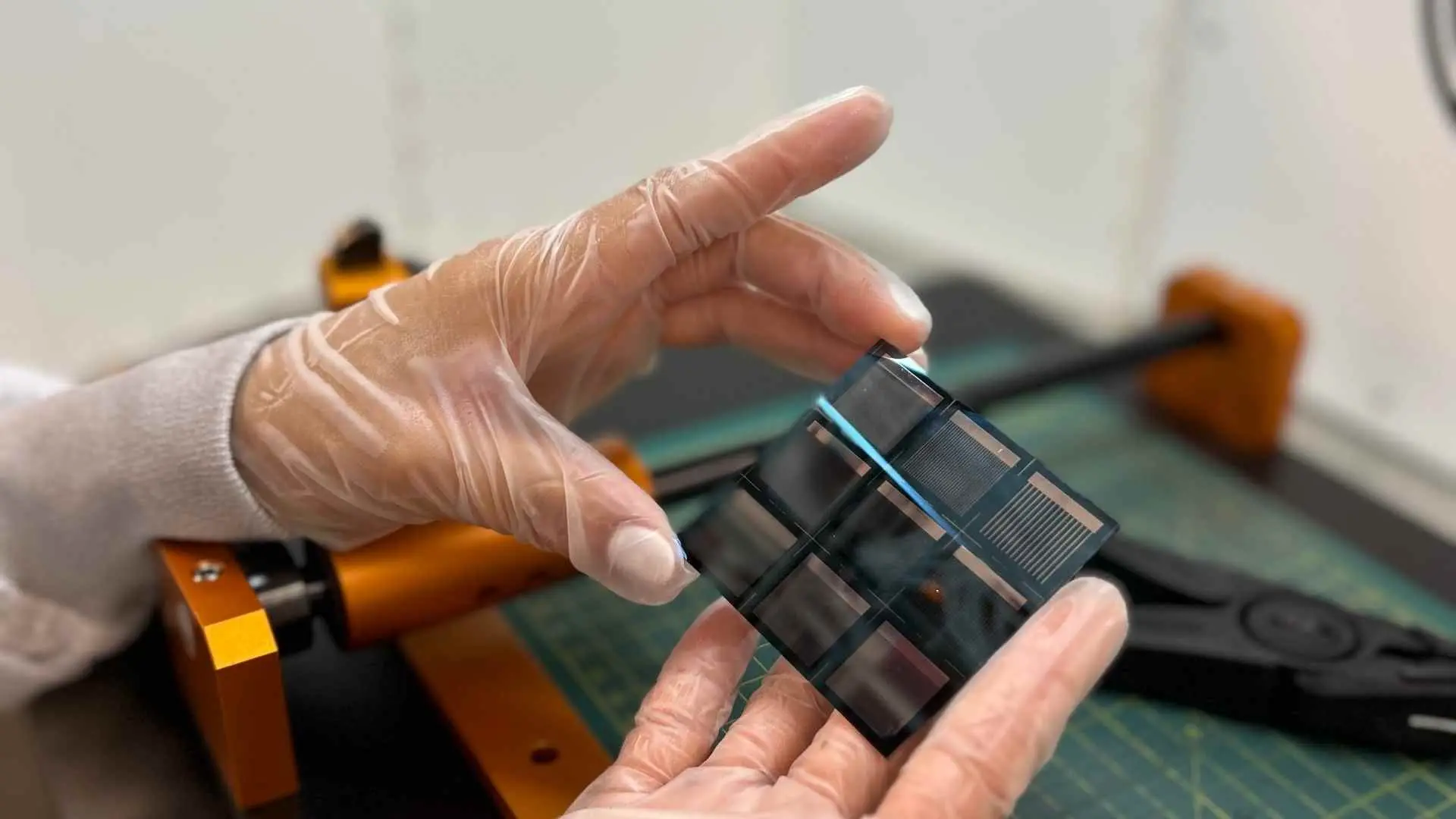Misael Jiménez Hernández, a Robotics and Digital Systems Engineering graduate from Tec de Monterrey’s Querétaro campus and a sixth-generation Leader of Tomorrow, stands out for his work in bioprinting at Harvard Medical School.
His research, focused on creating biological tissues using robotic arms, opens up new possibilities for personalized medicine and reaffirms the global impact of Mexican talent.
“I’ve always believed that opportunities come to those who are prepared to take them. My time at the Tec and MIT gave me the tools to face the challenges at Harvard,” says Misael, reflecting on the path that led to him becoming part of a world-renowned laboratory.
His journey began with his participation in a nanotechnology certification offered in collaboration with MIT, a program that selects the best students from the Tec.
With the support of Dr. Adriana, who evaluated his academic and curricular experience, Misael was chosen to be part of this exclusive initiative.

During his time at MIT, Misael worked with advanced technology, including photolithography and nanostructures, and met other Mexicans involved in high-impact projects.
This experience was key to opening a new door: the chance to collaborate at Harvard Medical School.
“The Tec student who was there needed support in his research and thought of me. After an interview with the lab team, I was accepted,” Misael said.
Dr. Yu Shrike’s lab, where the research was conducted, is world-renowned for its advances in bioprinting and is led by a researcher who is in the top 0.2% of outstanding scientists in the United States.
For Misael, being part of this team was a true honor and an experience that marked a turning point in his professional career.
“One of the most important lessons I learned at the Tec is that technology must be synonymous with service.” - Misael Jiménez
Bioprinting: the future of medicine
Misael’s time at Harvard was focused on bioprinting, an emerging technology that uses “bioink” (biocompatible materials such as cells and nutrients) to print biological structures layer by layer.
“It’s like a 3D printer, but we work with living materials instead of plastic,” said Misael.
The Tec graduate highlights that this process has enormous potential in medicine and can create everything from skin patches to complex tissues that could replace damaged organs.
What was different about Misael’s research was incorporating robotic arms into bioprinting, which allowed him an unprecedented level of precision, especially when working with materials as sensitive as living cells.
“Robotic arms enable a precision that is crucial when working with something as delicate as living cells. This significantly improves the quality of bioprinted tissues and allows us to create more complex structures,” said the Tec graduate.
What’s more, it opens the door to revolutionary applications in personalized medicine.
“Imagine that in the future we could print an organ that is compatible with the patient, eliminating the need to rely on donors and reducing the risk of rejection,” he added.

Bioprinting for vascular repair
During his time at Harvard and Mass General Brigham (MGB), Misael worked on a solution for cardiovascular disease. His project consisted of manufacturing bioartificial arteries using high-precision robotic systems.
The process began with a CAD of the artery to model the different layers of tunica externa, media, and intima. Misael subsequently selected and validated biocompatible materials, such as PDMS (polydimethylsiloxane), known for its flexibility, strength, and high transparency.
The most critical phase was the printing of the arteries, for which a robotic arm programmed in RoboDK and Python was used, optimizing the precision and repeatability of the process.
“Thanks to the use of the robotic arm, we achieved a success rate of over 90% in the functionality of the arteries, as well as reducing production costs by 25%,” explained Misael.
Finally, the bioprinted arteries were evaluated in an experimental setting, where parameters such as diameter, thickness, and hemodynamic performance were measured, ensuring their functional viability.
“This breakthrough not only has the potential to transform vascular transplantation but could also offer more accessible and personalized solutions on a global level,” he concluded.
Harvard: A crucible of learning and challenges
Working at Harvard was a transformative experience for Misael, who had the opportunity to collaborate in Dr. Yu Shrike’s laboratory and interact with experts in biomedicine, engineering, and technology from countries such as China and Japan.
“Although my focus was on robotics, I worked with biomedical and technology experts from countries like China and Japan. Each team member contributed different knowledge, which greatly enriched the project,” he said.
The residency was also a space to connect with other Tec de Monterrey students. These young people were working in areas such as molecular biology, neurosciences, and nanotechnology, demonstrating the diversity and quality of training at the Tec.
The Tec graduate says that it wasn’t all easy, because it’s difficult to learn new terminology until you understand new concepts.
“Adapting to biomedical terminology was a major challenge, as my background is more technical. But it was also an invaluable learning experience,” he said.
On a personal level, the change also represented a significant challenge. It was his first time living away from his family, which involved developing a support network in a completely new environment. From dealing with loneliness to integrating into an international community, these experiences strengthened his resilience and helped him grow as a person.
“Living on my own for the first time was difficult, but building a network from scratch helped me grow as a person and a professional,” adds Misael, highlighting how he faced these challenges with determination and focus.

Technology in the service of humanity
According to Misael, his background at Tec de Monterrey was key to facing the challenges of this experience.
“One of the most important lessons I learned at the Tec is that technology must be synonymous with service. This principle helped me make sense of my work at Harvard and focus on how my contributions might benefit people,” he said.
From handling advanced tools to teamwork skills, Misael put into practice what he’d learned during his degree.
“The Tec didn’t just prepare me technically, but also as a person. The importance of innovation with purpose is something that was always present in my education,” he added.
On a personal level, the experience allowed Misael to reaffirm his values and life goals. Being away from his family for the first time and facing a completely new environment presented both emotional and practical challenges.
“The resilient and adaptable mindset I learned at the Tec helped me overcome the challenges of being away from my family and stay focused on the impact of my work,” he concluded.
KEEP READING:





